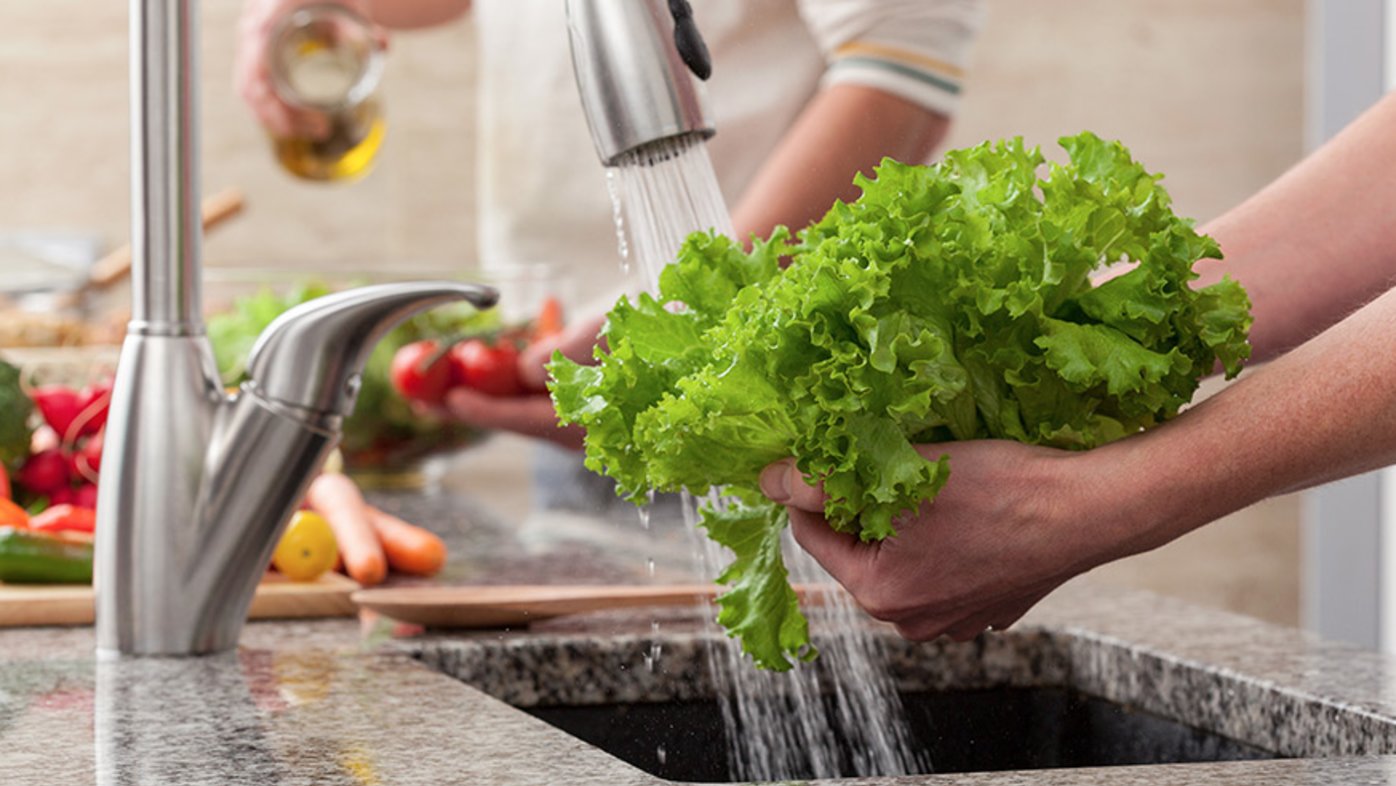

Articles
How To Store Lettuce After Washing
Modified: May 28, 2024
Discover the best ways to store lettuce after washing to keep it fresh and crisp. Read our informative articles and get helpful tips for preserving your lettuce!
(Many of the links in this article redirect to a specific reviewed product. Your purchase of these products through affiliate links helps to generate commission for Storables.com, at no extra cost. Learn more)
Introduction
Welcome to the world of fresh, crispy lettuce! Whether you’re a salad enthusiast or someone who loves to add lettuce to sandwiches and wraps, proper storage after washing is crucial to maintain its quality and prolong its shelf life. We often spend time carefully washing lettuce leaves to remove any dirt or impurities, but if not stored correctly, all our efforts can go to waste. In this article, we will explore the importance of storing lettuce properly after washing and introduce you to various methods that can help you keep your lettuce fresher for longer.
When we wash lettuce, we expose the leaves to moisture, which can accelerate spoilage if not adequately managed. Excess moisture can promote bacterial growth and cause the leaves to wilt and become mushy. In addition to moisture, factors such as temperature, air circulation, and protection from light also play a significant role in maintaining the quality of lettuce.
By practicing proper storage techniques, you can ensure that your lettuce stays crisp and retains its nutritional value for an extended period. So, let’s dive into the different methods for storing lettuce after washing and discover which one works best for you.
Key Takeaways:
- Proper storage of lettuce after washing is essential to maintain its freshness, crispness, and nutritional value. Utilize methods such as a salad spinner, airtight containers, and freezing to extend the shelf life and minimize food waste.
- Choose a storage method that suits your needs and preferences to keep lettuce fresh and vibrant. Whether using a salad spinner, airtight containers, or freezing, proper storage ensures delicious, ready-to-use lettuce for salads, sandwiches, and cooked dishes.
Read more: How To Store Lettuce After Cutting
Why is it important to store lettuce properly after washing?
Properly storing lettuce after washing is essential for several reasons. First and foremost, it helps to maintain the crispness and freshness of the leaves. When lettuce is exposed to air, moisture, and light, it begins to lose its texture and becomes limp and wilted. By storing it correctly, you can preserve its crunchiness and make every bite a delightful experience.
Another crucial reason to store lettuce properly is to prevent bacterial growth. Moisture provides an ideal environment for bacteria to thrive, and when lettuce leaves are not stored in airtight containers, bacteria can multiply rapidly. This can lead to foodborne illnesses and spoilage, making the lettuce unsafe to consume.
In addition to maintaining quality and preventing bacterial growth, proper storage can also help save money. When lettuce spoils quickly, you might end up throwing away a significant portion of it, resulting in wasted food and wasted money. By utilizing the correct storage techniques, you can extend the shelf life of lettuce and reduce your food waste.
Lastly, storing lettuce properly after washing allows you to have fresh and ready-to-eat salad ingredients whenever you need them. When lettuce is stored correctly, it remains crisp, vibrant, and ready for you to create delicious salads, sandwiches, or wraps at any time. This convenience can save you time and effort in the kitchen, making healthy eating more accessible and enjoyable.
Now that we understand the importance of proper lettuce storage, let’s explore the different methods you can use to keep your lettuce fresh and delicious for as long as possible.
Different Methods for Storing Lettuce
When it comes to storing lettuce after washing, there are several methods you can choose from. Each method offers its own benefits, so you can select the one that suits your preferences and needs. Let’s take a closer look at some of the most common methods:
- Using a Salad Spinner: A salad spinner is an excellent tool for washing and storing lettuce. After washing the lettuce, place it in the salad spinner and give it a few spins to remove excess water. Once the lettuce is dry, transfer it to a clean, dry container lined with paper towels. The paper towels will help absorb any residual moisture and keep the lettuce crisp.
- Storing in airtight containers: Airtight containers are a popular choice for storing lettuce. After washing and drying the lettuce, place it in a clean, airtight container. Make sure to choose a container that is large enough to accommodate the lettuce without overcrowding. This method helps maintain the lettuce’s freshness and protects it from moisture and contaminants.
- Wrapping in paper towels and storing in plastic bags: Another method is to wrap the lettuce in paper towels and store it in a sealed plastic bag. The paper towels help absorb any moisture, and the sealed bag prevents air from reaching the lettuce, keeping it crisp. Make sure to press out any excess air before sealing the bag.
- Using a lettuce keeper or vegetable storage container: Lettuce keepers or vegetable storage containers are specially designed to prolong the freshness of lettuce and other vegetables. These containers usually have a perforated tray at the bottom to promote air circulation and a lid to keep the moisture in. Simply wash and dry the lettuce, place it in the container, and store it in the refrigerator for optimum freshness.
- Freezing lettuce for longer-term storage: If you want to store lettuce for an extended period, freezing can be an option. It’s important to note that freezing changes the texture of lettuce, making it unsuitable for salads or sandwiches. However, frozen lettuce can still be used in cooked dishes like soups, stir-fries, and casseroles. Wash and dry the lettuce thoroughly, chop it into small pieces, and store in a freezer-safe bag or container.
These methods offer various options for storing lettuce after washing. Experiment with different methods to find the one that best suits your needs and helps maintain the quality of your lettuce for as long as possible.
Method 1: Using a Salad Spinner
A salad spinner is a handy tool that can make washing and storing lettuce a breeze. It helps to remove excess water from the leaves, ensuring that they stay crisp and fresh. Follow these simple steps to store lettuce using a salad spinner:
- After washing the lettuce, separate the leaves and place them in the salad spinner basket. Make sure not to overcrowd the basket, as this can lead to uneven drying.
- Insert the basket back into the salad spinner bowl and secure the lid in place.
- Hold the salad spinner firmly and spin it rapidly a few times. This spinning action will help remove excess water from the lettuce leaves.
- Once you’ve finished spinning, remove the basket from the bowl and discard any water collected in the bowl.
- Transfer the lettuce leaves to a clean, dry container lined with paper towels. The paper towels will absorb any residual moisture, helping to keep the lettuce crisp.
- Seal the container and store it in the refrigerator until ready to use.
The salad spinner method is effective in removing excess water from lettuce leaves, preventing them from becoming soggy and wilted. It’s a convenient way to wash and store lettuce, as the spinner allows for quick and efficient drying. By using this method, you can enjoy fresh and crispy lettuce whenever you’re ready to prepare a salad or use it in your favorite dishes.
Remember to clean your salad spinner thoroughly after each use to maintain its effectiveness and prevent the growth of bacteria. With proper care and storage, your salad spinner can become an essential tool in your kitchen for preserving the quality of lettuce and other leafy greens.
Method 2: Storing in Airtight Containers
Storing lettuce in airtight containers is a popular method as it helps to maintain the freshness and crispness of the leaves. Here’s how you can effectively store lettuce using this method:
- Start by washing the lettuce thoroughly to remove any dirt or impurities. Shake off excess water from the leaves or pat them dry using a clean kitchen towel.
- Prepare a clean, airtight container that is large enough to accommodate the lettuce without overcrowding. You can use plastic containers with snap-on lids or glass containers with airtight seals.
- Line the bottom of the container with a few layers of paper towels. These paper towels will help absorb any excess moisture and prevent the lettuce from becoming soggy.
- Place the washed and dried lettuce leaves into the container, making sure not to crush or pack them tightly. Leave some space for air circulation.
- Place an additional layer of paper towels on top of the lettuce leaves to absorb any moisture that may accumulate.
- Seal the container tightly, ensuring that no air can enter or escape.
- Label the container with the date to monitor the freshness of the lettuce.
- Store the container in the refrigerator’s crisper drawer or in a cool part of the fridge where the temperature remains consistent.
Storing lettuce in airtight containers helps to protect the leaves from moisture and contaminants, which can cause wilting and spoilage. The airtight seal creates an environment that limits the amount of moisture and air reaching the lettuce, keeping it fresh and crunchy for an extended period.
Remember to check the lettuce periodically and remove any wilted or spoiled leaves to maintain the overall quality. With proper storage in airtight containers, you can enjoy vibrant and crisp lettuce in your salads, sandwiches, and wraps for several days.
After washing lettuce, make sure to dry it thoroughly using a salad spinner or paper towels. Store it in a resealable plastic bag with a paper towel to absorb excess moisture, and keep it in the crisper drawer of the refrigerator.
Read more: How To Store Iceberg Lettuce After Cutting
Method 3: Wrapping in Paper Towels and Storing in Plastic Bags
Another effective method for storing lettuce after washing is to wrap it in paper towels and store it in plastic bags. This method helps to absorb excess moisture and maintain the crispness of the lettuce. Here’s how you can store lettuce using this method:
- After washing the lettuce thoroughly, gently shake off any excess water or pat it dry using a clean kitchen towel.
- Take a few sheets of paper towels and spread them out on a clean, flat surface.
- Place the washed and dried lettuce leaves on top of the paper towels.
- Wrap the lettuce loosely in the paper towels, ensuring that all the leaves are covered.
- Next, transfer the wrapped lettuce to a clean, sealable plastic bag. Make sure to press out as much air as possible before sealing the bag.
- Label the bag with the date to monitor the freshness of the lettuce.
- Store the bagged lettuce in the refrigerator’s crisper drawer or in a cool part of the fridge.
By wrapping the lettuce in paper towels, you create a barrier that absorbs excess moisture and prevents the leaves from becoming soggy. The paper towels help to maintain the crispness of the lettuce, ensuring that it stays fresh for a longer period.
It’s important to note that the plastic bag used should be clean and free from any contaminants. Regularly check the bag and discard any wilted or spoiled leaves to prevent them from affecting the quality of the remaining lettuce.
When it’s time to use the lettuce, simply remove the desired amount from the bag, rewrap the remaining lettuce, and return it to the refrigerator. This method allows for easy access to fresh lettuce whenever you need it, making it a convenient option for busy households.
With proper wrapping and storing in plastic bags, you can enjoy crisp and vibrant lettuce for salads, sandwiches, and other dishes without worrying about it losing its texture or freshness.
Method 4: Using a Lettuce Keeper or Vegetable Storage Container
If you want to maximize the freshness and shelf life of your lettuce, using a lettuce keeper or vegetable storage container is an excellent option. These containers are specifically designed to create an optimal environment for storing lettuce and other vegetables. Here’s how you can utilize a lettuce keeper or vegetable storage container to store your lettuce:
- Start by washing the lettuce thoroughly, ensuring that all dirt and impurities are removed. Shake off any excess water or gently pat the leaves dry with a clean kitchen towel.
- Remove any wilted or damaged leaves from the lettuce.
- Open the lettuce keeper or vegetable storage container and remove any trays or separators inside.
- Place the washed and dried lettuce leaves into the container, ensuring that they are not packed too tightly.
- If your container has a perforated tray at the bottom, insert it back into the container to promote air circulation.
- Close the container with the lid, making sure it fits securely to create a sealed environment.
- Store the lettuce container in the refrigerator’s crisper drawer or in a cool part of the fridge.
Lettuce keepers or vegetable storage containers are designed to maintain the ideal humidity and air circulation needed for lettuce to stay crisp and fresh. The perforated tray allows for proper airflow, while the sealed lid helps to retain moisture without causing the lettuce to become soggy.
One of the advantages of using a lettuce keeper or vegetable storage container is that it provides easy access to the lettuce without the need to unwrap or reseal bags or containers. Simply open the lid, take out the desired amount of lettuce, and close it back tightly.
Remember to check the container periodically and remove any wilted or spoiled leaves to prevent them from affecting the rest of the lettuce. With proper use of a lettuce keeper or vegetable storage container, you can enjoy fresh and crisp lettuce for an extended period, ensuring that it stays ready to be used in salads, sandwiches, or wraps.
Method 5: Freezing Lettuce for Longer-Term Storage
If you have an abundance of lettuce and want to prolong its shelf life even further, freezing is an option to consider. Freezing lettuce allows you to store it for an extended period, although the texture and appearance will change, making it less suitable for raw consumption. Instead, frozen lettuce can still be used in cooked dishes such as soups, stir-fries, and casseroles. Here’s how you can freeze lettuce:
- Start by washing the lettuce thoroughly and patting it dry using a clean kitchen towel or a salad spinner.
- Remove any damaged or wilted leaves.
- Chop the lettuce into small, bite-sized pieces or leaves depending on your preference.
- Line a baking sheet with parchment paper or a silicone mat.
- Spread the chopped lettuce in a single layer on the baking sheet, ensuring that the pieces don’t touch each other.
- Place the baking sheet in the freezer and freeze the lettuce for a few hours or until it’s completely frozen.
- Once the lettuce is frozen, transfer the pieces to airtight freezer-safe bags or containers.
- Label the bags or containers with the date and the contents.
- Press out as much air as possible before sealing the bags or containers to prevent freezer burn.
- Return the bags or containers to the freezer for long-term storage.
By freezing lettuce, you can extend its shelf life for several months. While the texture of the lettuce changes and becomes more wilted upon thawing, it still retains its flavor and can add a vibrant touch to your cooked dishes.
When using frozen lettuce, you can add it directly to soups, stir-fries, or casseroles without the need for thawing. The heat from the cooking process will help soften the lettuce and blend it beautifully with the other ingredients.
When it comes to thawing frozen lettuce for use in salads, it’s best to avoid this method as the texture will be significantly different. However, if you still prefer to use it in salads, you can allow the frozen lettuce to thaw in the refrigerator, then pat it dry before adding it to your salad.
Freezing lettuce is an excellent way to preserve your harvest or take advantage of sales and promotions at the grocery store. By using this method, you can enjoy the goodness of lettuce in various cooked dishes throughout the year.
Conclusion
Proper storage of lettuce after washing is crucial to maintain its freshness, crispness, and nutritional value. By implementing the right storage methods, you can extend the shelf life of lettuce and minimize food waste. In this article, we explored different methods for storing lettuce after washing, including using a salad spinner, storing in airtight containers, wrapping in paper towels and storing in plastic bags, utilizing lettuce keepers or vegetable storage containers, and freezing for longer-term storage.
A salad spinner is a convenient tool to remove excess moisture from lettuce, ensuring it stays crisp and fresh. Storing lettuce in airtight containers helps to protect it from moisture and contaminants, maintaining its quality. Wrapping lettuce in paper towels and storing it in plastic bags creates a barrier to absorb excess moisture, while lettuce keepers or vegetable storage containers optimize the humidity and air circulation needed for lettuce to remain fresh. Freezing lettuce allows for longer-term storage, although it should be used in cooked dishes rather than raw applications.
Remember to choose the storage method that suits your needs and preferences. Regularly check and discard any wilted or spoiled leaves to maintain the overall quality of the lettuce. Whether you’re making a refreshing salad, adding crunch to a sandwich, or incorporating lettuce into your cooked dishes, proper storage after washing ensures that you have fresh, vibrant, and delicious lettuce at your fingertips.
So the next time you bring home a bunch of lettuce, take the time to wash it carefully and employ one of these storage methods. Your lettuce will thank you by staying crisp, flavorful, and ready to enhance your dishes for as long as possible.
Frequently Asked Questions about How To Store Lettuce After Washing
Was this page helpful?
At Storables.com, we guarantee accurate and reliable information. Our content, validated by Expert Board Contributors, is crafted following stringent Editorial Policies. We're committed to providing you with well-researched, expert-backed insights for all your informational needs.
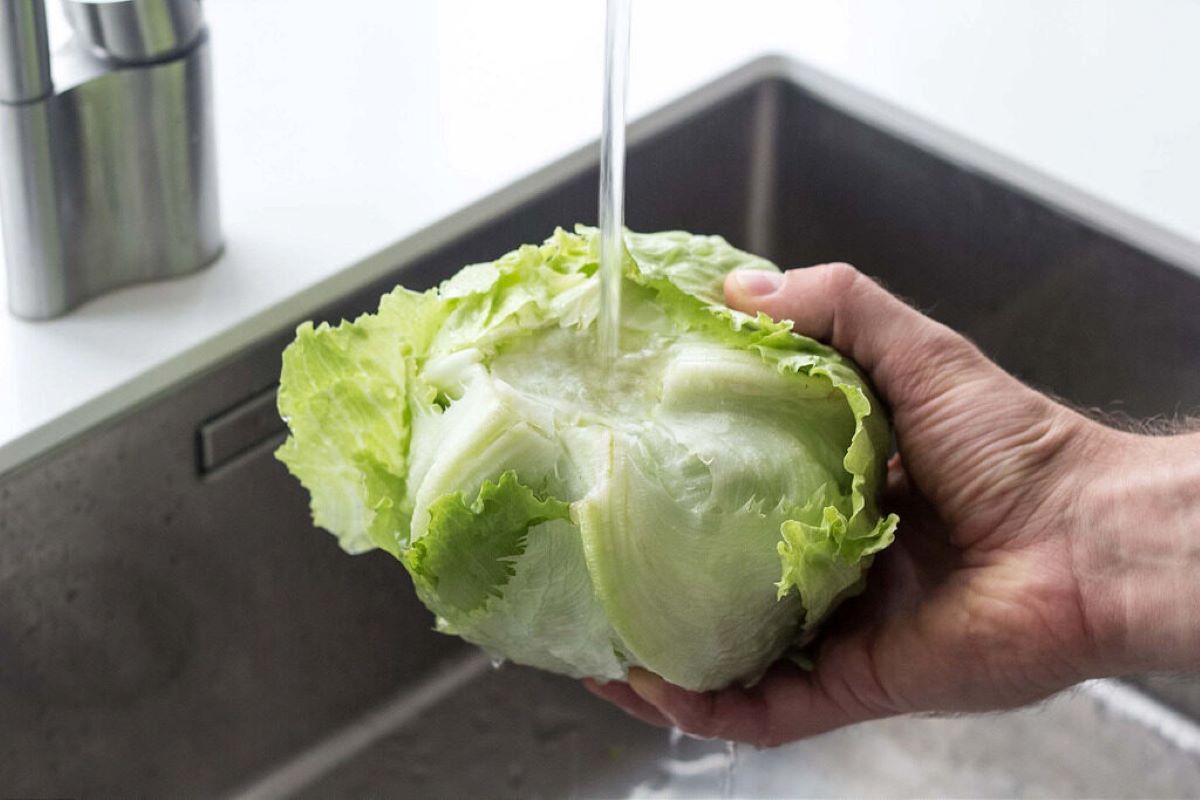
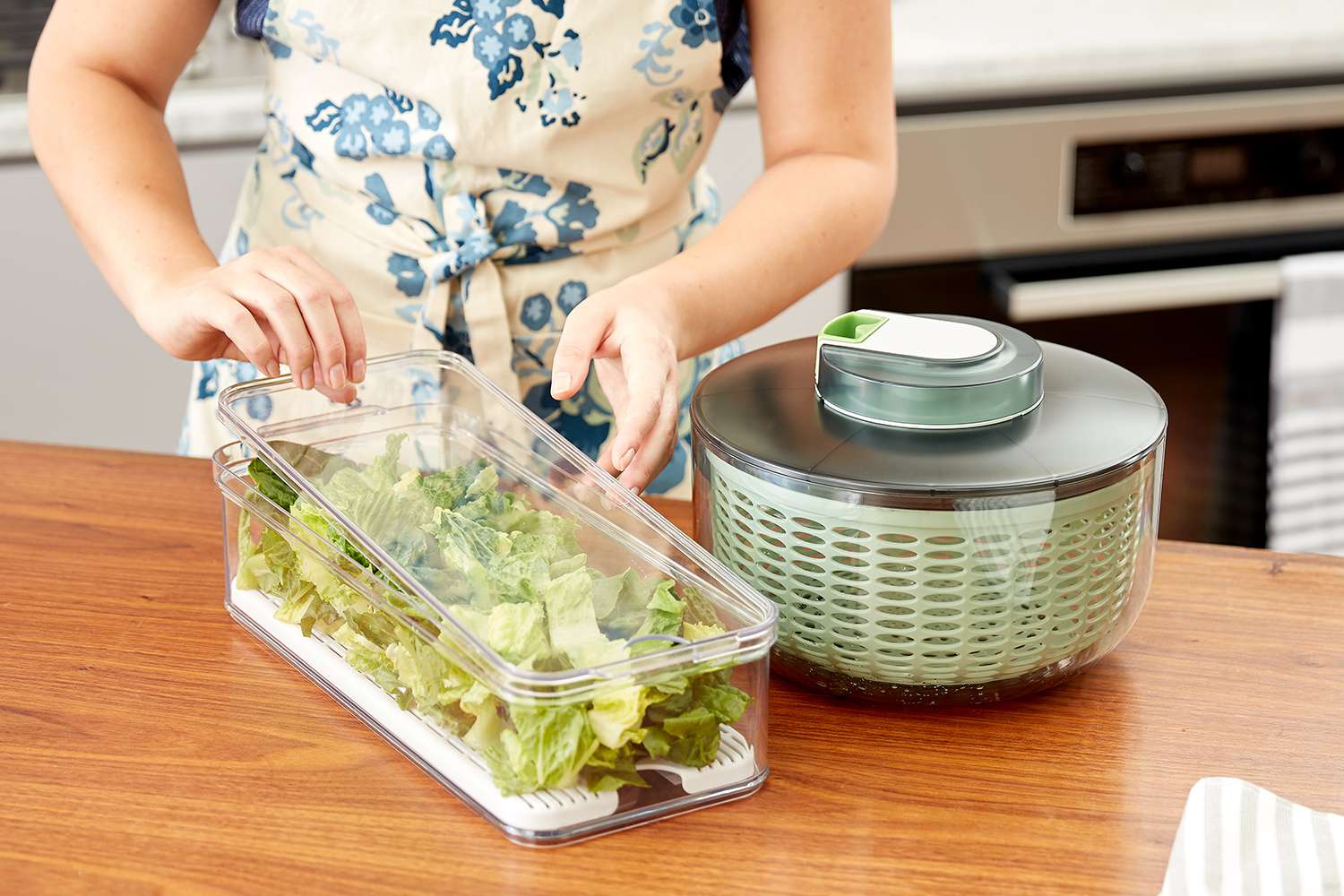
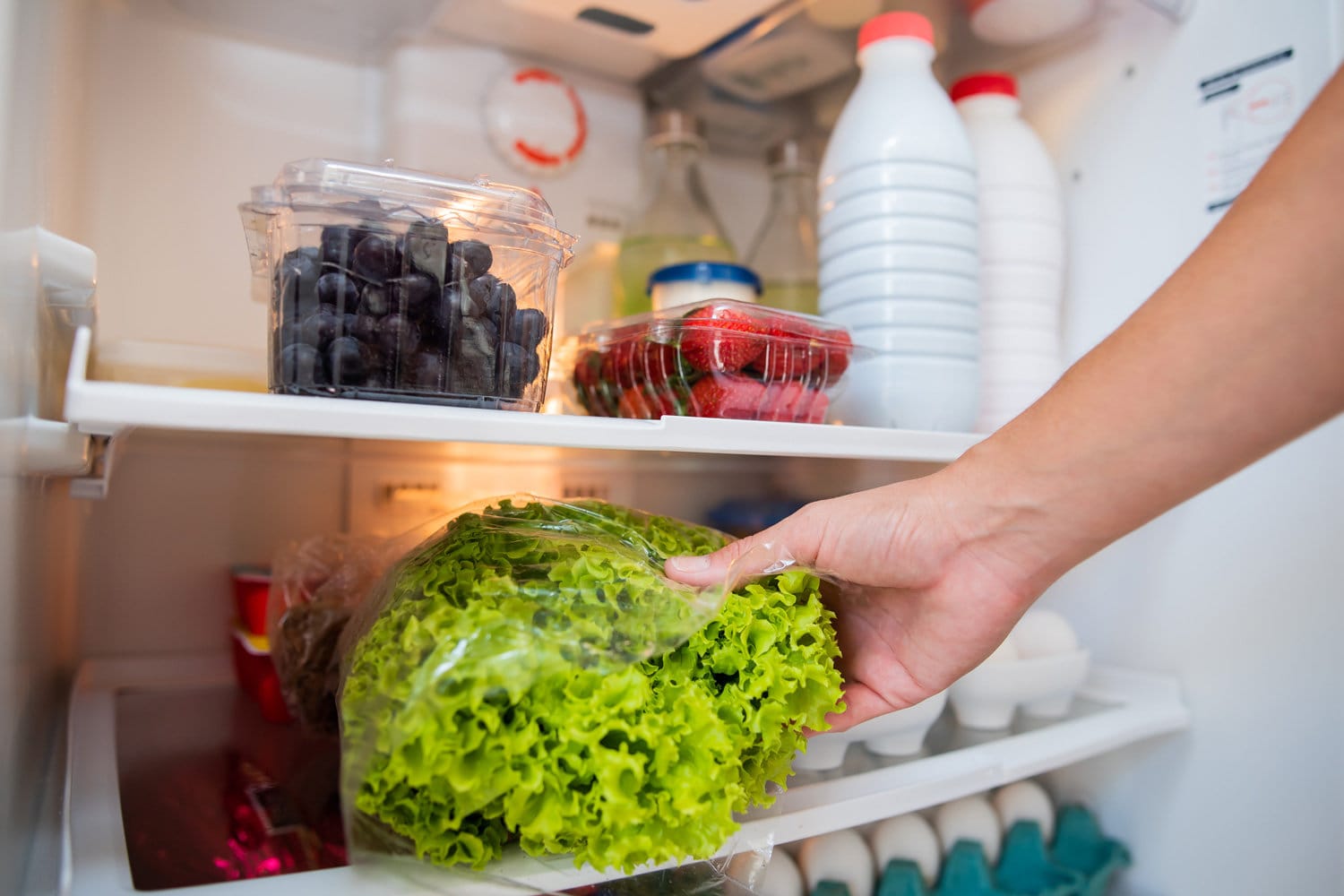
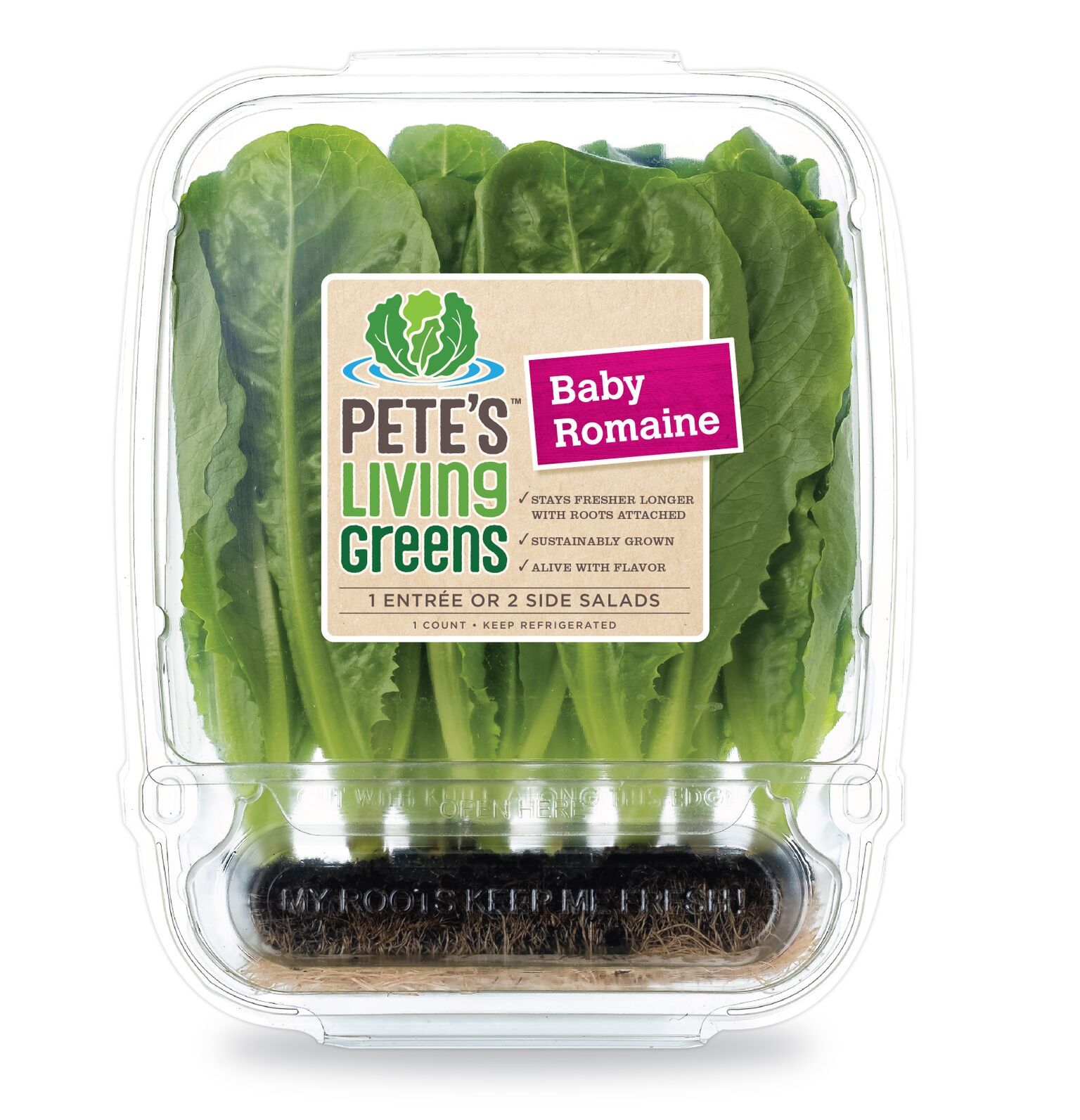
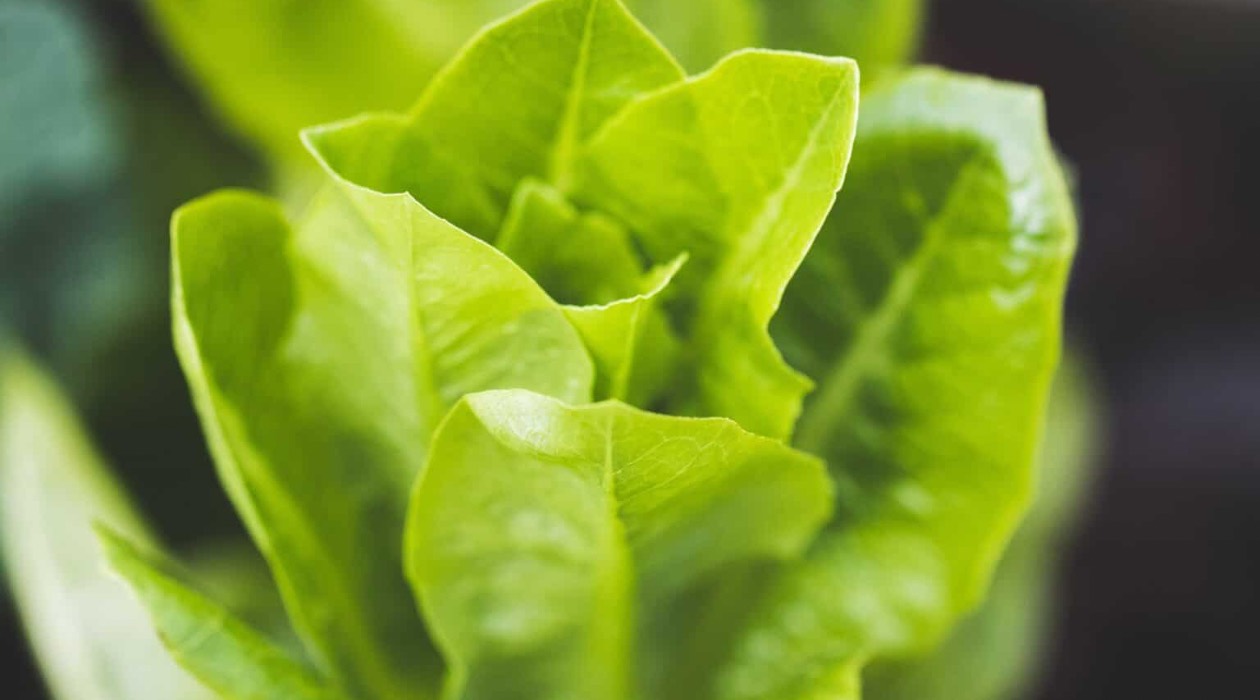
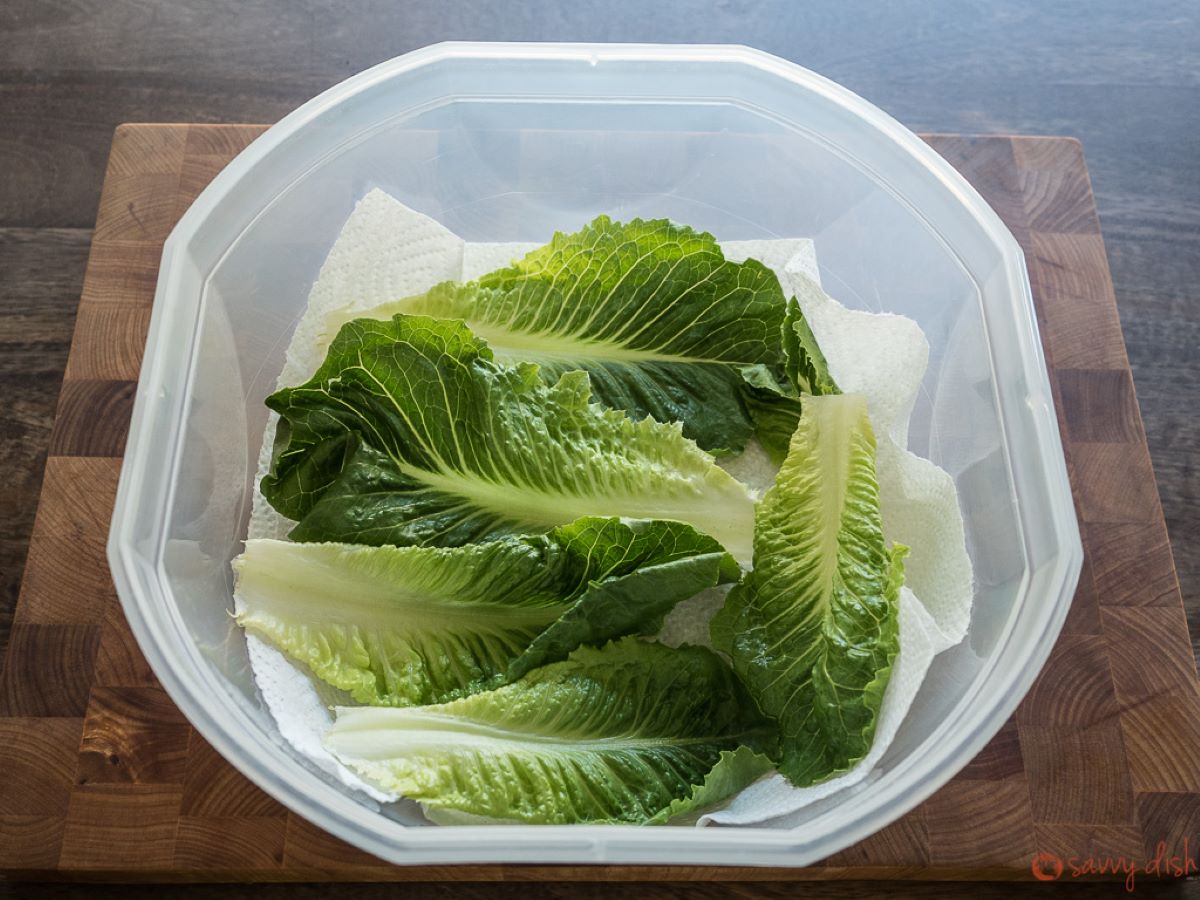
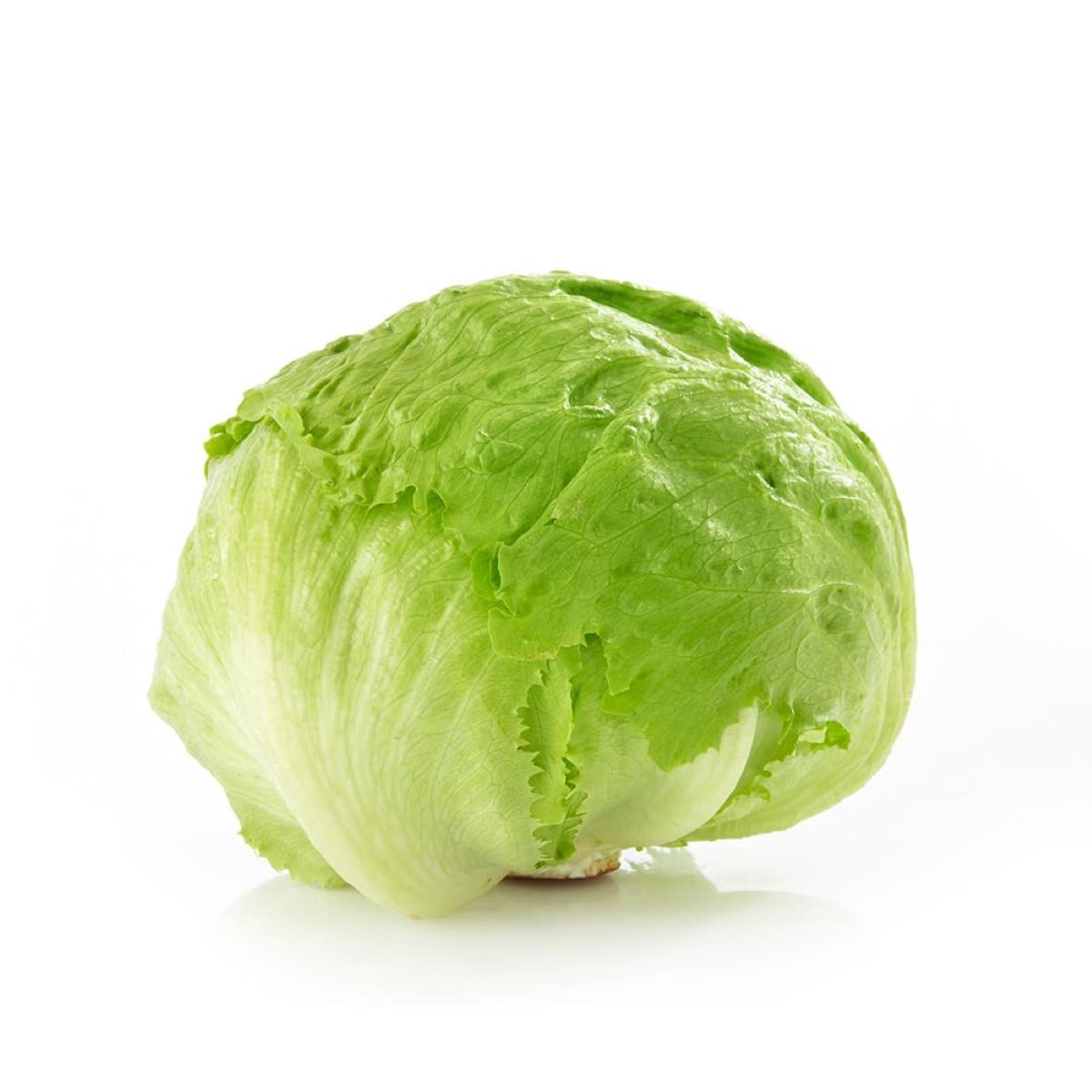
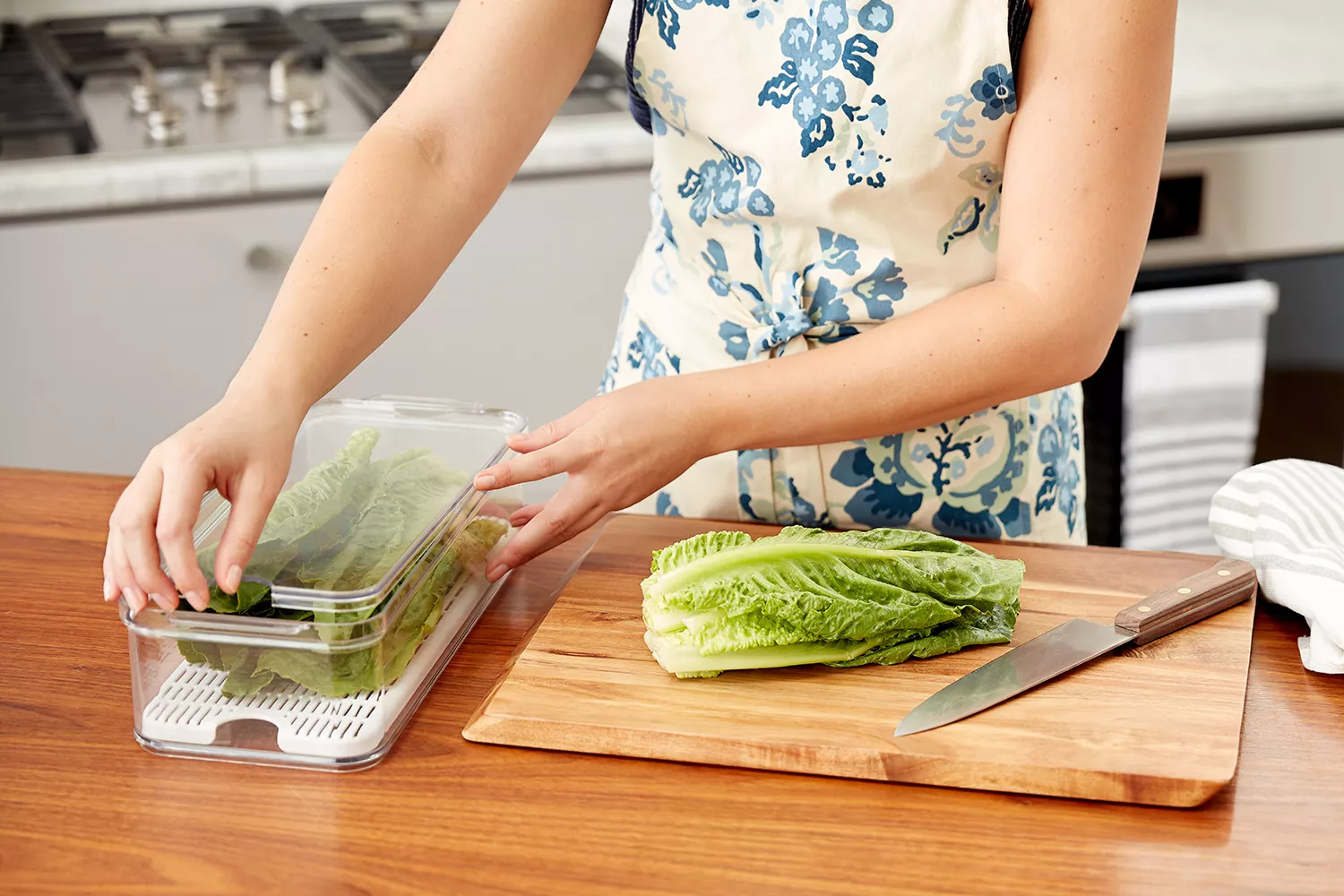
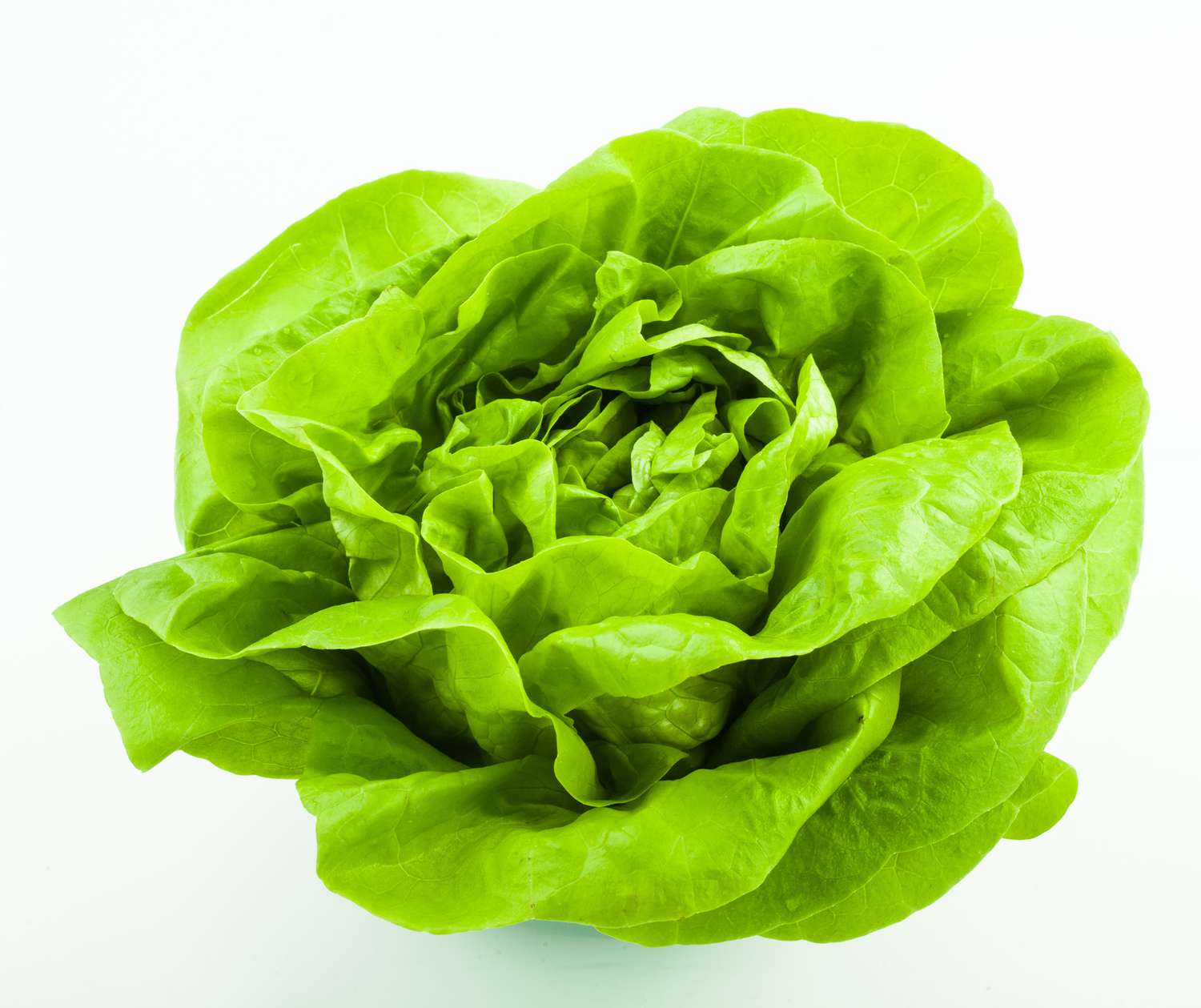
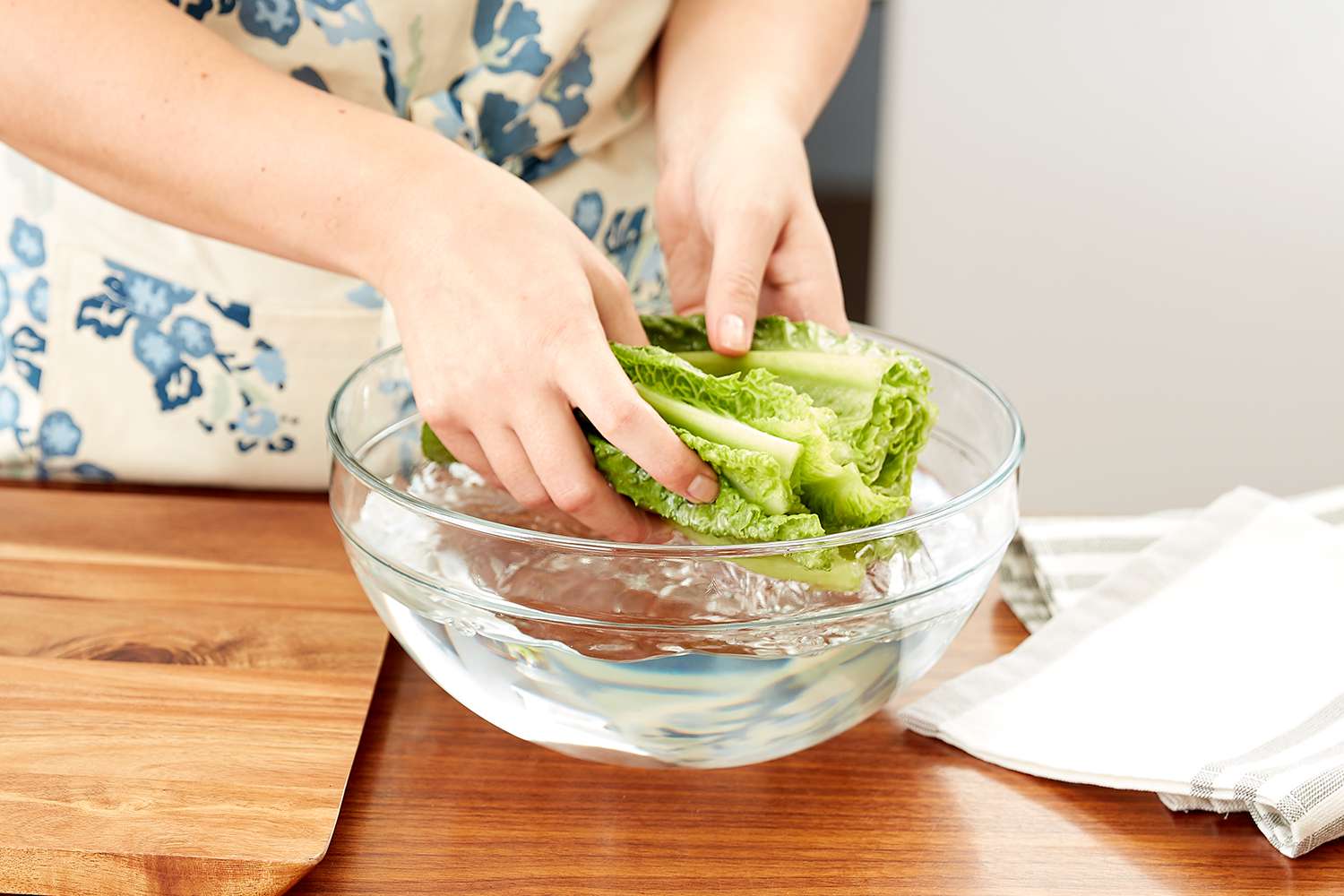
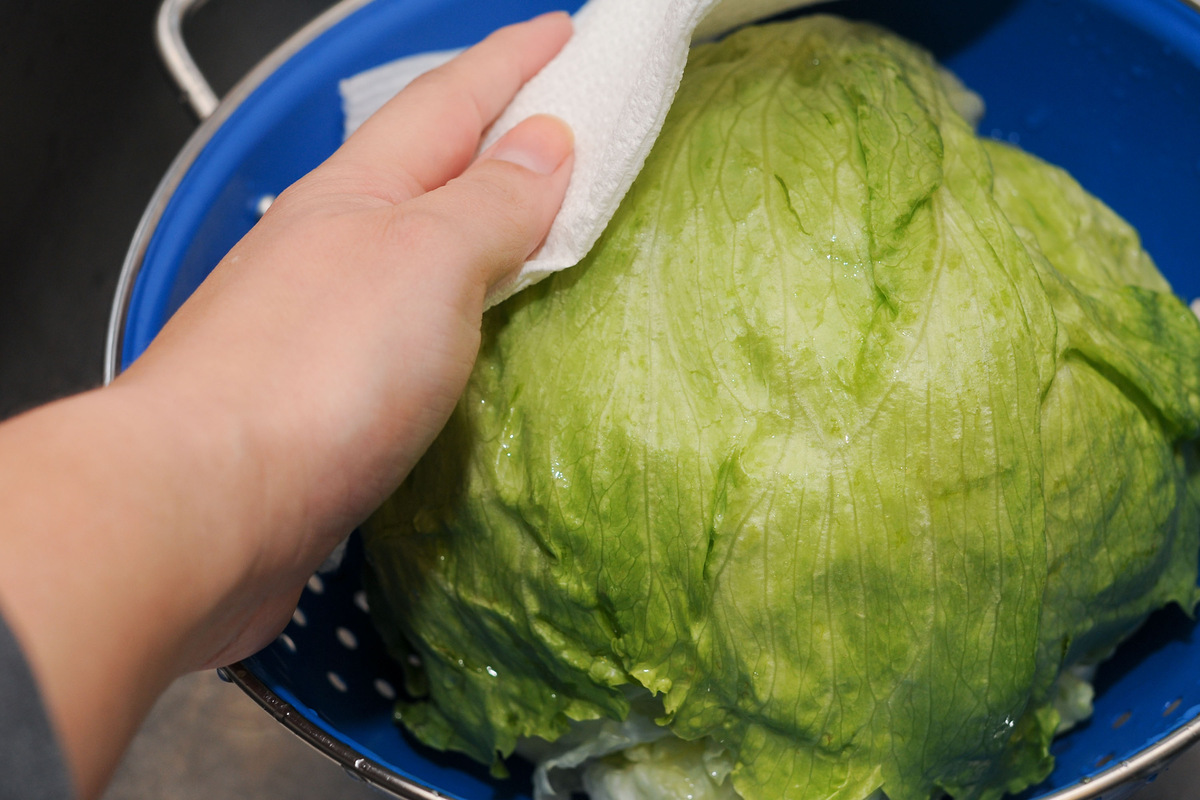
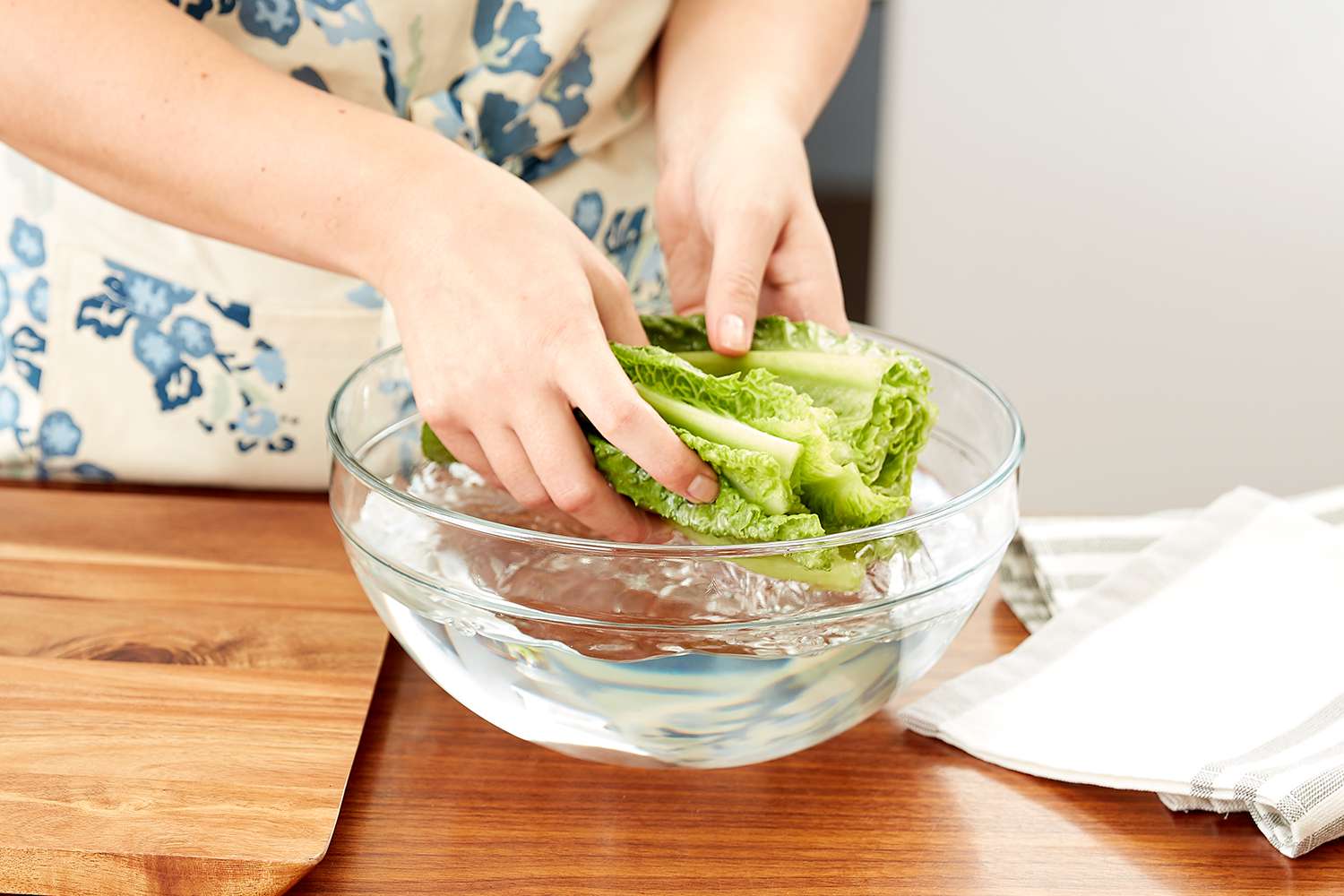

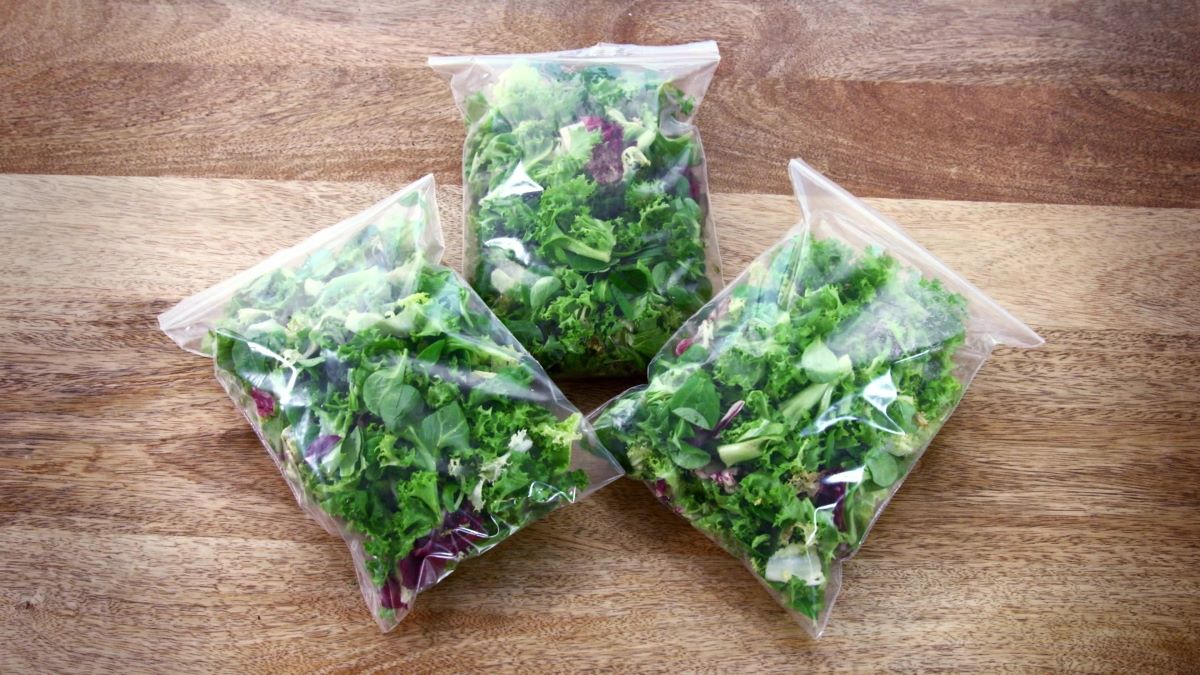

0 thoughts on “How To Store Lettuce After Washing”